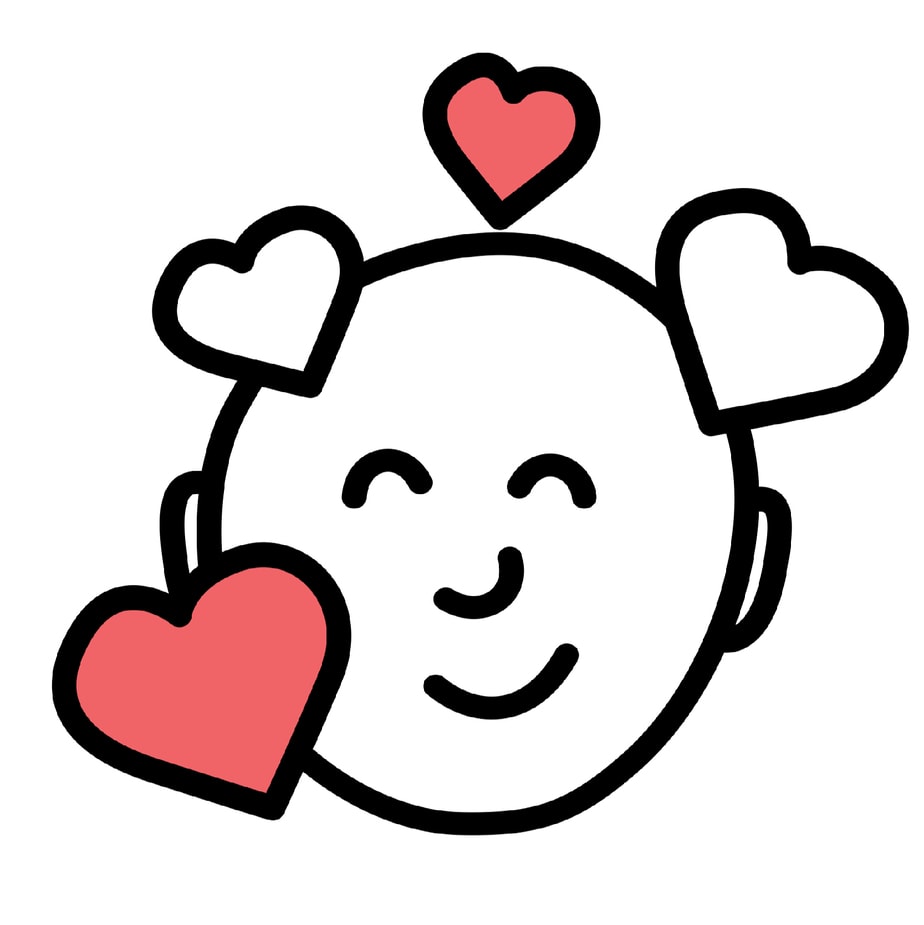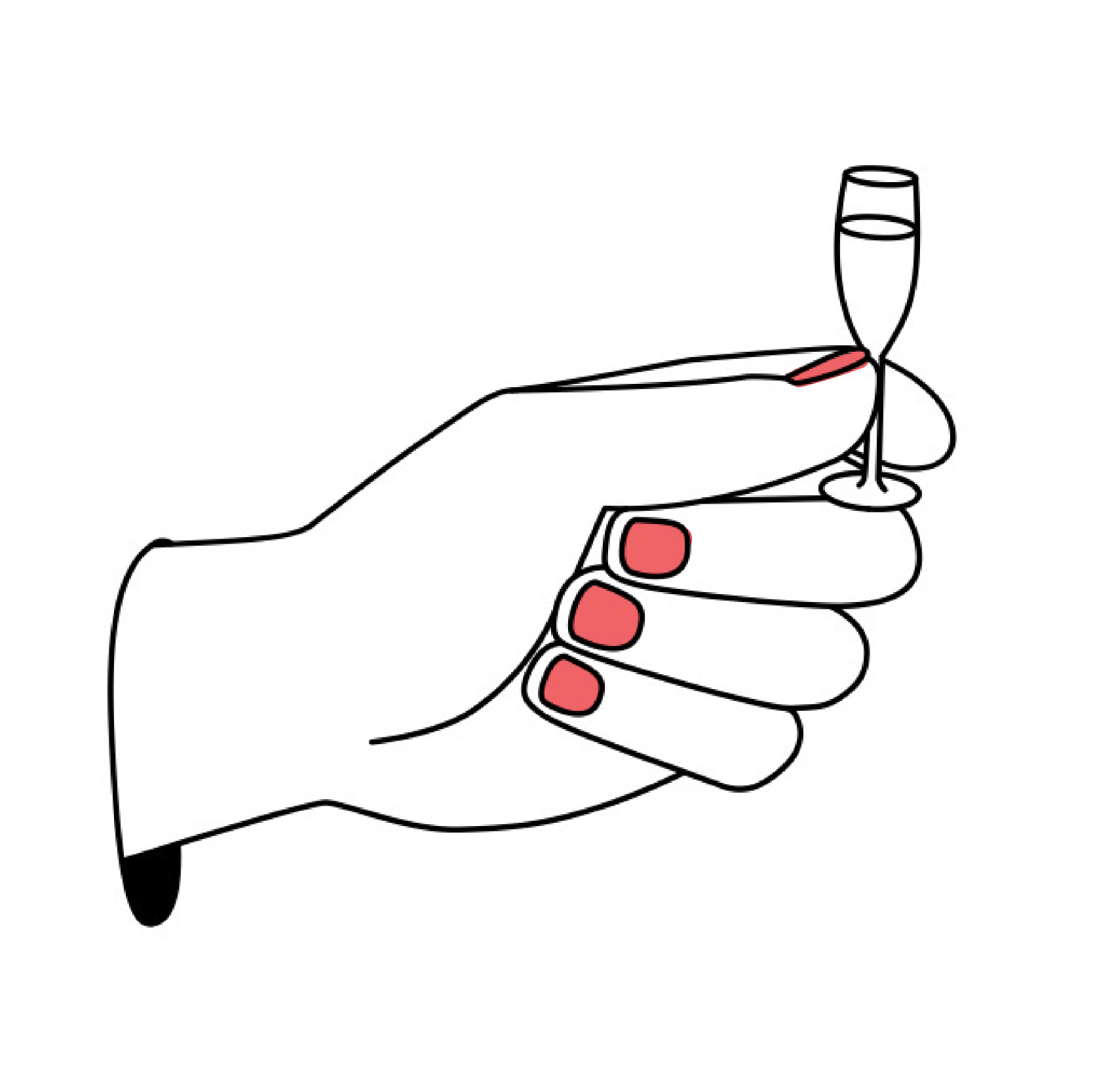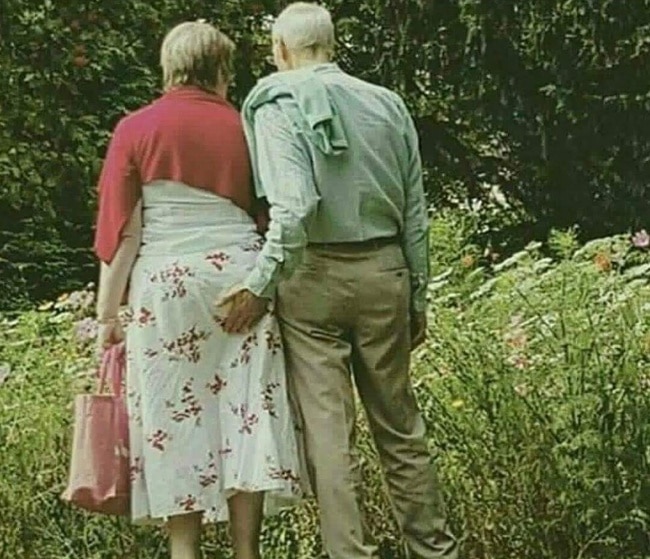A long-term relationship is a classic behavioural design challenge. How do you keep being in love? And how do you keep the desire burning? What are the specific behaviours that add up to the more abstract goals of love and desire or passion? Let’s approach the problem with a behavioural design lens.
The tension between love and desire
What is the secret of desire in a long term relationship? Esther Perel did a brilliant Ted talk on that subject back in 2013. She opens her talk with the following riddles:
“So, why does good sex so often fade, even for couples who continue to love each other as much as ever? And why does good intimacy not guarantee good sex, contrary to popular belief? Or, the next question would be, can we want what we already have? That’s the million-dollar question, right? And why is the forbidden so erotic? What is it about transgression that makes desire so potent? And why does sex make babies, and babies spell erotic disaster in couples?”
In her talk, she argues that our desire for love and our desire for adventure are in deep conflict. On the one hand, we want to feel safe, secure, nurtured, and respected by the other, and the thought of being rejected is profoundly terrifying. On the other hand, our desire to be loved is killing for passion and lust. Because lust needs play. Passion thrives on transgression, which can be translated literally as the act of crossing a line. Lust thrives on fantasy and on being able to act out on that fantasy.
The big drama with developing a loving relationship is that it’s killing for desire. And desire fuels lust. There’s no line to cross, no curiosity to explore, no space for excitement and fantasy. Romeo and Julia would end up as an average bored couple if it weren’t for the barrier in between them that worked like an aphrodisiac for their desire.
The feminist philosopher Camille Paglia wrote in her first bestseller “Sexual Personae” a brilliant line on this tension between love and desire.
Love is the endless cycle of pursuit, triumph and ennui (boredom).
What I love about this quote is that Paglia proposes a simple solution to the paradox of love and desire: turn it into an endless cycle.
Want to learn how to design behaviour?
Join our two-day Fundamentals Course and master a hands-on method to use behavioural science to develop ideas that change minds and shape behaviour.

A long term relationship, is a behavioural design.
When you’re in a longterm relationship, your identity is the compound effect of all the tiny interactions you had with each other. Over an extended period, the daily little rejections, insults, not being nice to each other, eventually shapes your identity. You have learned to stop expecting more, and to avoid conflict. You try to tell yourself stories that this is how it’s supposed to be, and that you should be happy with what you have. There really is no limit to the capability of people to convince themselves that they should be happy and grateful, even if they don’t feel anything anymore.
It’s not that difficult to think of a long term relationship as a behavioural design. Behaviour that gets rewarded or suppressed over a long period eventually becomes a habit. And your habits define who you are.
You are what you repeatedly do. But what you repeatedly do is triggered by the context you are locked in.
When you think about it, you can think of every deviant behaviour as a perfectly understandable reaction to the environment: Is a depressed partner a sick person, or does he suffer from the feeling that he’s useless and that he’s not wanted or relevant to others anymore? Is a cynic partner born as a cynic, or has she learned that there’s no point in protesting?
How to maintain love AND desire? Let’s explore the behavioural design rules that can keep you in love for the rest of your life and the rules that will prevent your desire from fading out or switching object.
The behavioural design of love
There’s a big philosophical discussion about the difference between feeling in love and love. I love my kids, but I don’t experience the emotion of being in love. However, I do experience that emotion with my partner. So when I’m talking about the behavioural design of love, I am talking about that emotion of still feeling in love with someone.
The simple answer, IMHO is that there’s no such thing as Romantic Love with a capital L. That love only exists in movies, or when there’s a barrier that stands in between the lovers. It’s precisely that barrier that is essential for the emerging of passion. Everyone who was once in a relationship with a married person knows what I’m talking about. To paraphrase Camille Paglia: Romantic love fades into ennui once the pursuit leads to triumph.
Long term love is the compound interest you reap from daily behaviours. My wife Astrid and I agreed at the start of our relationship that we will never be unkind to each other, that we’re always going to do our best for each other and that we’re never going to take each other for granted. This might sound big and abstract, but we bring these commitments to life in small daily behaviours, from complimenting for dinner, touching each other when we cross, bringing a cup of tea without having to ask for it, bringing little treats from the shop, putting on some candles when the other is about to come home,…
These things sound trivial, but what they do is they provide little daily signals that remind the both of us of how special the other still is. And the compound effect of those daily affirmations pile up, even after 10 years.
Would you like to power up your team or project with behavioural intelligence?
Feel free to contact us. We are happy to tell you more about our consultancy or academy. Helping you innovate, transform or grow levering insights from behavioural science in practice.

The behavioural design of passion, desire and lust
Esther Perel talks about the simple behavioural design rules that fuel desire: Allow the creation of some distance. Find ways to maintain a bit of mystery around each other. Keep surprising each other. Find ways to be able to look up to each other. Try to be a fanboy and fangirl as long as you live. And try to maintain a level of independence. Nothing is more killing for desire than neediness. To quote Perel:
“I have yet to see somebody who is so turned on by somebody who needs them. Wanting them is one thing. Needing them is a shot down and women have known that forever, because anything that will bring up parenthood will usually decrease the erotic charge”.
The best couples have found ways to cultivate desire. But when desire is gone, lust will fade away,… or look for new objects of desire.
Love and desire are wicked design problems.
The design of a fulfilling long term relationship is as much a wicked design problem as the challenge to get people to recycle, eat healthily, get fitter, take climate action, etc. Just like with every wicked design problem, the real challenge is to design specific behaviours that eventually turn into habits. Habits change attitudes and attitudes transform identities. Love and desire are nothing more than the compound interest a series of tiny practices.
Learn more about the mental model of Compound Interest on the Farnam Street Blog: Why Small Habits make a Big Difference.

How do you do. Our name is SUE.
Do you want to learn more?
Suppose you want to learn more about how influence works. In that case, you might want to consider joining our Behavioural Design Academy, our officially accredited educational institution that already trained 2500+ people from 45+ countries in applied Behavioural Design. Or book an in-company training or one-day workshop for your team. In our top-notch training, we teach the Behavioural Design Method© and the Influence Framework©. Two powerful tools to make behavioural change happen in practice.
You can also hire SUE to help you to bring an innovative perspective on your product, service, policy or marketing. In a Behavioural Design Sprint, we help you shape choice and desired behaviours using a mix of behavioural psychology and creativity.
You can download the Behavioural Design Fundamentals Course brochure, contact us here or subscribe to our Behavioural Design Digest. This is our weekly newsletter in which we deconstruct how influence works in work, life and society.
Or maybe, you’re just curious about SUE | Behavioural Design. Here’s where you can read our backstory.
